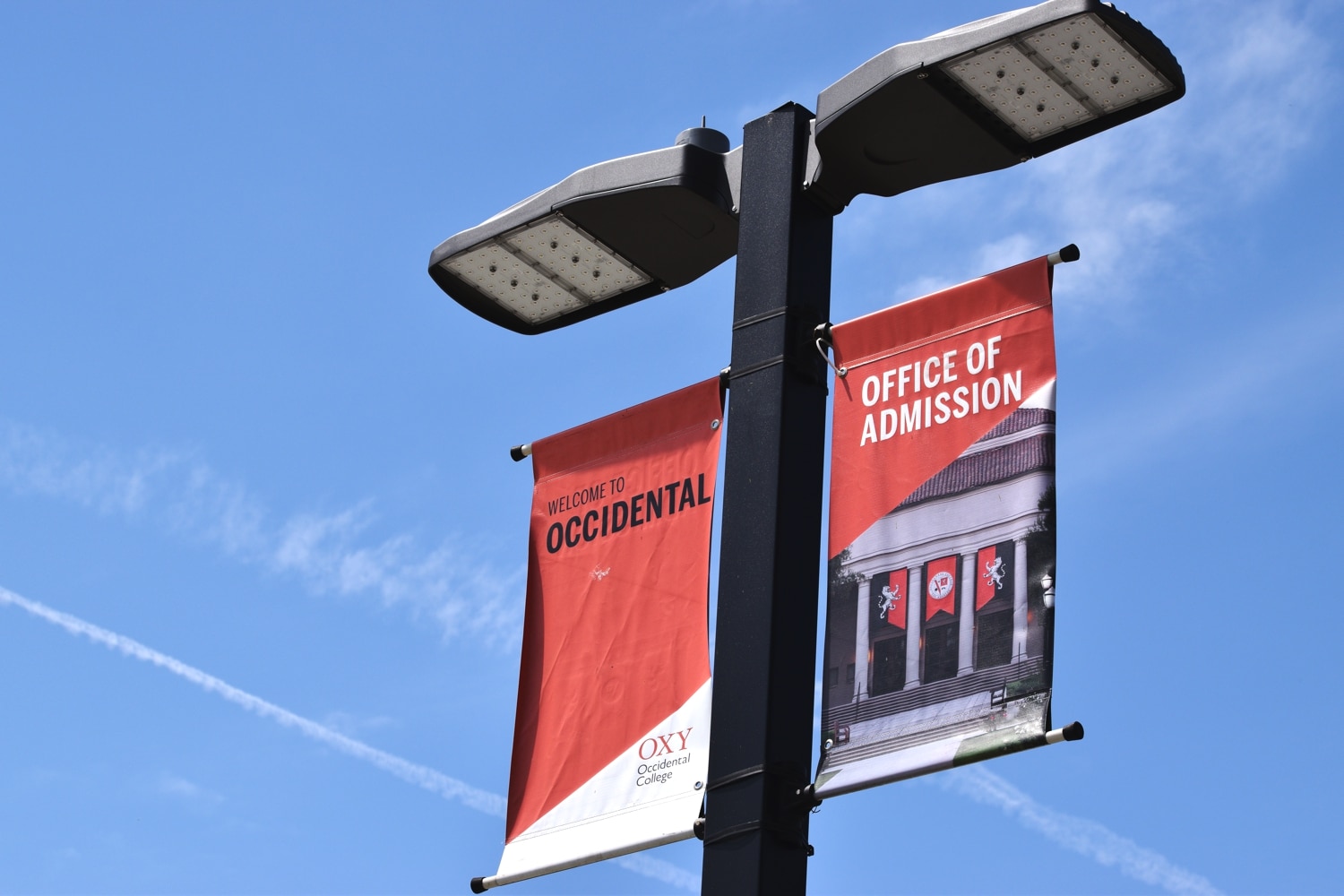Occidental is one of the most economically diverse colleges in the country, according to a report by The New York Times. The study, which examined the financial background of first year students and the cost of attendance, ranks Occidental 21st among four-year universities with a graduation rate of at least 75 percent.
The New York Times study measures top colleges’ efforts to promote economic diversity via the College Access Index. To create a school’s ranking, the researchers combined two statistics: the average share of the first year class receiving Pell Grants (federal aid provided to low-income students) and the net cost of tuition and room and board for low- to middle-income students.
By using both statistics, the authors were able to determine which schools have the highest proportion of low-income students and how affordable attendance is after federal, state and institutional aid.
The size of a school’s endowment per student, which was not factored into the index, provides a measure of how much money schools can dedicate to financial aid. According to Urban and Environmental Policy and politics professor Peter Dreier, who published an analysis of the study in The New York Times, schools with small endowments that allocate a large amount of that money to financial aid demonstrate a commitment to economic diversity.
Currently, around 60 percent of the Occidental student body receives need-based aid, although this statistic is growing, according to Vice President of Admission and Financial Aid Vincent Cuseo. Twenty percent of Occidental first years also received Pell Grants despite the school’s relatively low endowment per student of $190,000. In contrast, only 15 percent of first-year students at Pomona, with an endowment per student of $1 million, received Pell Grants.
But sacrificing tuition revenue for economic diversity typically yields positive results. Dreier noted that Occidental’s graduation rate for Pell students is higher than it is for other students: 94 percent compared to 84 percent for the entire student body.
Finding these economically diverse and successful students begins with recruitment, according to Cuseo.
“From developing relationships with community-based organizations that work directly with prospective students, to underwriting travel to the college for potential students who otherwise couldn’t afford to do so, to meeting the full demonstrated financial need of any student who’s admitted, it’s a detailed, complex effort,” Cuseo said.
Efforts are further complicated by the school’s modest endowment, which Cuseo said forces the school to strike a balance between tuition revenue and economic diversity.
“It’s a complex calculus, and with college costs rising and more families being eligible for need-based aid, the responsibility of serving prospective families and meeting the college’s fiduciary responsibilities is more daunting than ever.”
![]()


































